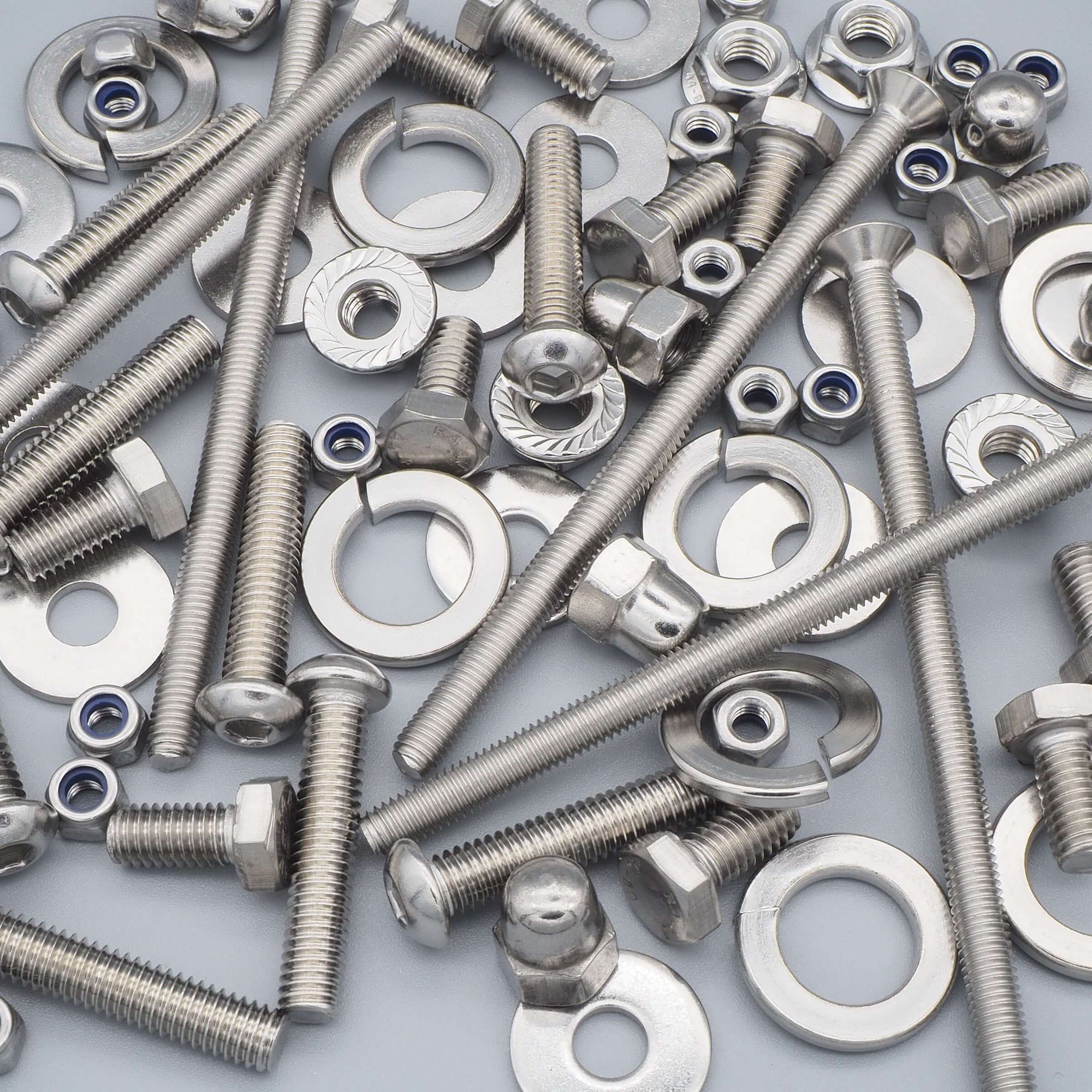Stainless steel, a ground-breaking invention in 1912 by Harry Brearley at the Brown-Firth laboratory in Sheffield, had its beginnings in experimentation with alloys for cannon barrels. By combining iron and chromium, an alloy was created that did not rust.
Stainless steel is a genius material from the point of view of corrosion, and its superior corrosion resistance, combined with a reasonable price, has made it a popular material.
The material's impressive corrosion resistance is created by an ultra-thin oxide film, mainly consisting of chromium and iron. This invisible film, only a few nanometers thick, is so dense and strong that it effectively isolates the steel from its surroundings. In the event that a damage occurs in the film, it is quickly regenerated by itself, effectively protecting the steel.
Unfortunately, the protective oxide film can break down beyond regeneration, which can lead to serious corrosion attacks. Once corrosion has begun, rapid wear-through can occur, significantly shortening the life of the equipment. Prevention of corrosion is crucial, and if this is successful, stainless steel can be considered as close to an eternity material.

